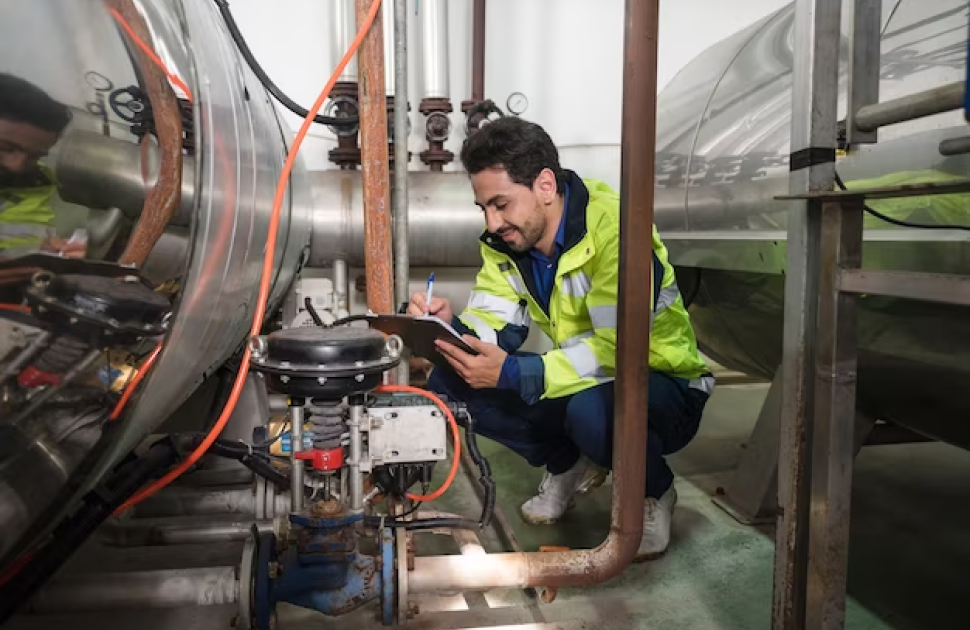Non-Destructive Testing (NDT) is a critical part of many industries, providing a means of evaluating the condition of materials and components without causing damage to the item being tested.
NDT is used for a variety of reasons, including safety, reliability, maintenance and repair, quality control, compliance, cost-effectiveness, versatility, and inspection.
Safety is one of the primary reasons why NDT is used. NDT techniques are used to ensure the safety of structures, materials, and equipment, by detecting defects and potential failures before they become critical.
By identifying and addressing these issues early, safety risks can be minimized or eliminated entirely. This is particularly important in industries such as aerospace, where safety is of the utmost importance.
Reliability is another key reason why NDT is used. NDT is used to ensure the reliability of equipment and structures, by identifying and detecting defects and potential failures that could affect performance.
This is critical in industries such as oil and gas, where equipment failure can lead to significant production downtime and revenue losses.
Maintenance and repair is also key use of NDT. By identifying defects and potential failures before they become critical, Non-destructive Testing can be used as a tool for the maintenance and repair of equipment and structures. This can help to extend the service life of equipment, reduce downtime, and minimize repair costs.

Quality control is another important use of NDT. NDT can be used as a tool for quality control, by identifying and detecting defects and potential failures that could affect the quality of a material or component.
This is particularly important in industries such as automotive manufacturing, where quality control is critical to ensuring that vehicles meet safety and performance standards.
Compliance with government regulations and industry standards is also a key reason why NDT is used. Non-destructive Testing is used to identify and detect defects and potential failures that could affect safety and performance, helping to ensure that equipment and structures meet regulatory and industry standards.
Cost-effectiveness is also a major benefit of NDT. Non-destructive Testing is often more cost-effective than destructive testing methods, as it does not require the replacement of the item being tested.
This can lead to significant cost savings for businesses, particularly in industries where equipment and structures are subject to regular testing.
Versatility is another key benefit of NDT. NDT Methods can be used to test a wide range of materials, components, and systems, including metals, plastics, ceramics, composites, and more. This makes NDT a versatile tool that can be used across a wide range of industries and applications.
Finally, NDT is also used in the medical field for inspection purposes. NDT is used to inspect the body for injuries or diseases, allowing medical professionals to diagnose and treat patients more effectively. This is particularly important in areas such as radiology, where NDT techniques such as X-rays and MRI scans are used to image the body.
In conclusion, Non-destructive Testing (NDT) is a critical tool used across a wide range of industries and applications.
NDT is used for a variety of reasons, including safety, reliability, maintenance and repair, quality control, compliance, cost-effectiveness, versatility, and inspection.
By identifying defects and potential failures early, NDT can help to improve safety, reliability, and performance, while also reducing downtime and repair costs. With its versatility and cost-effectiveness, Non-destructive Testing is likely to remain a critical tool in many industries for years to come.









